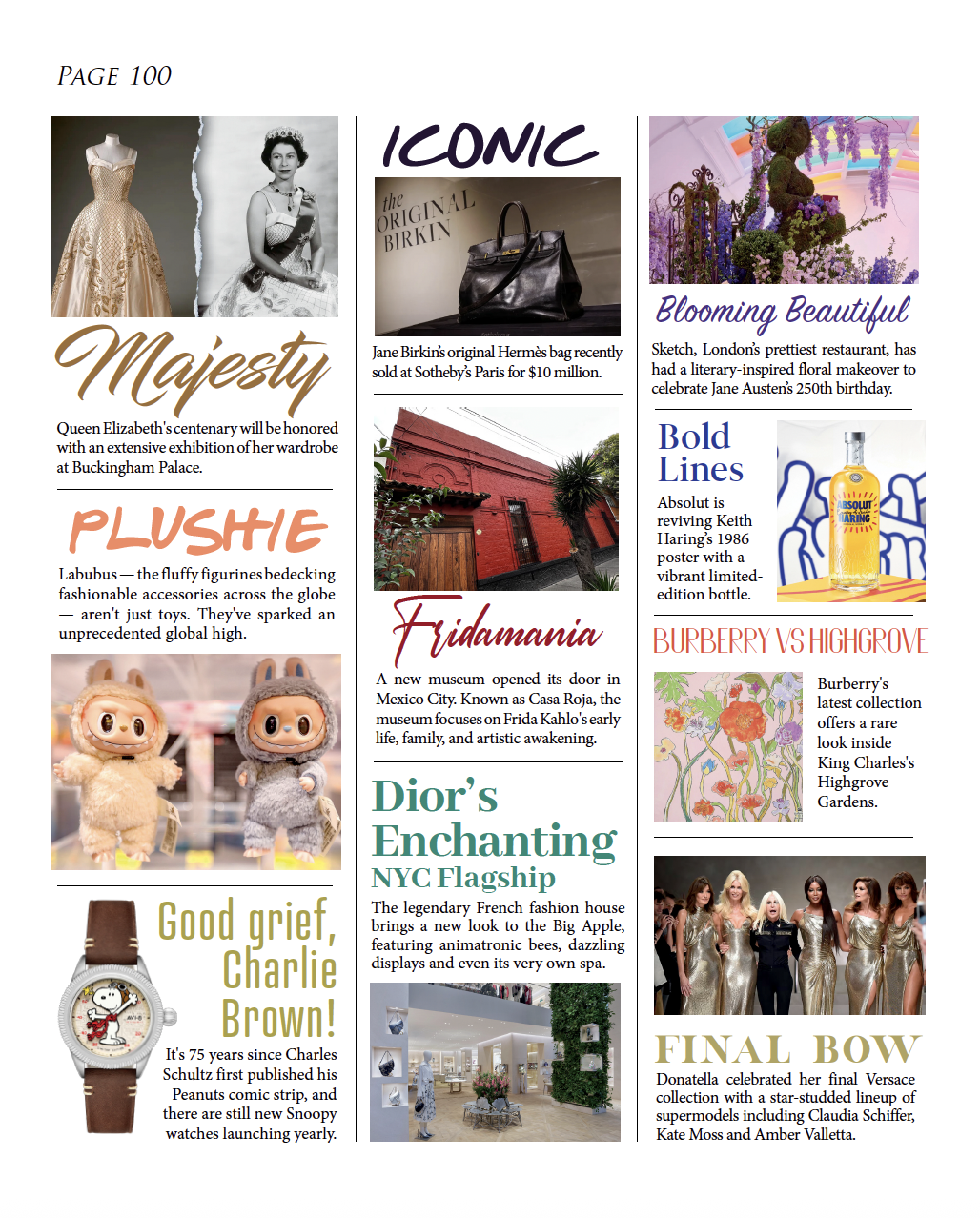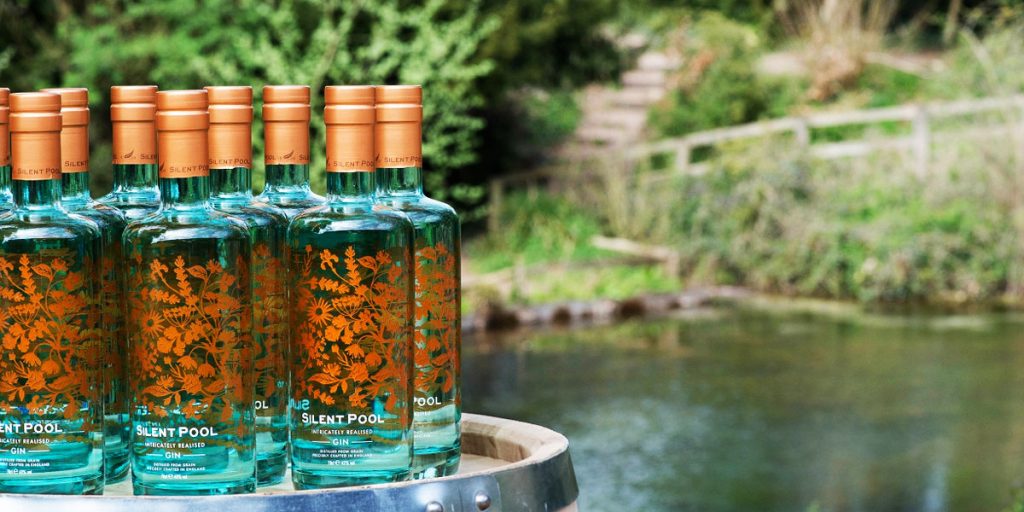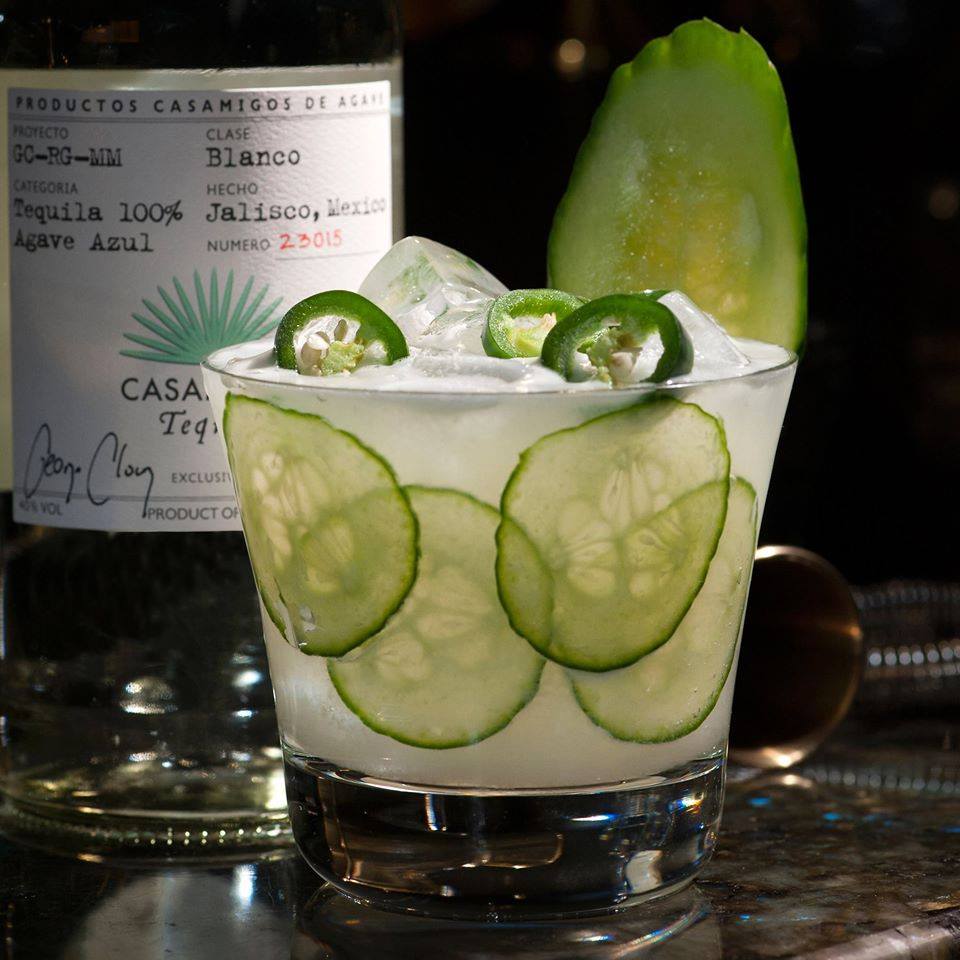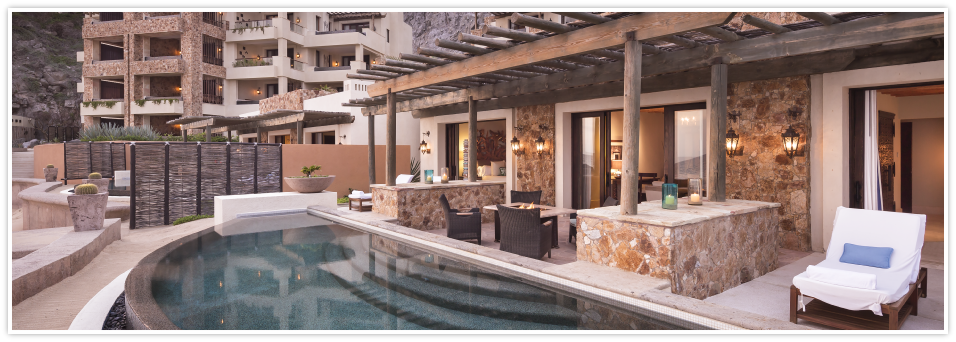In a world consumed by the quest for the latest and flashiest festivals, one privilege stands apart: the opportunity to discover a hidden gem before the masses. Welcome to Knodelfest, a charming celebration that has largely escaped the glare of the spotlight but richly deserves recognition.
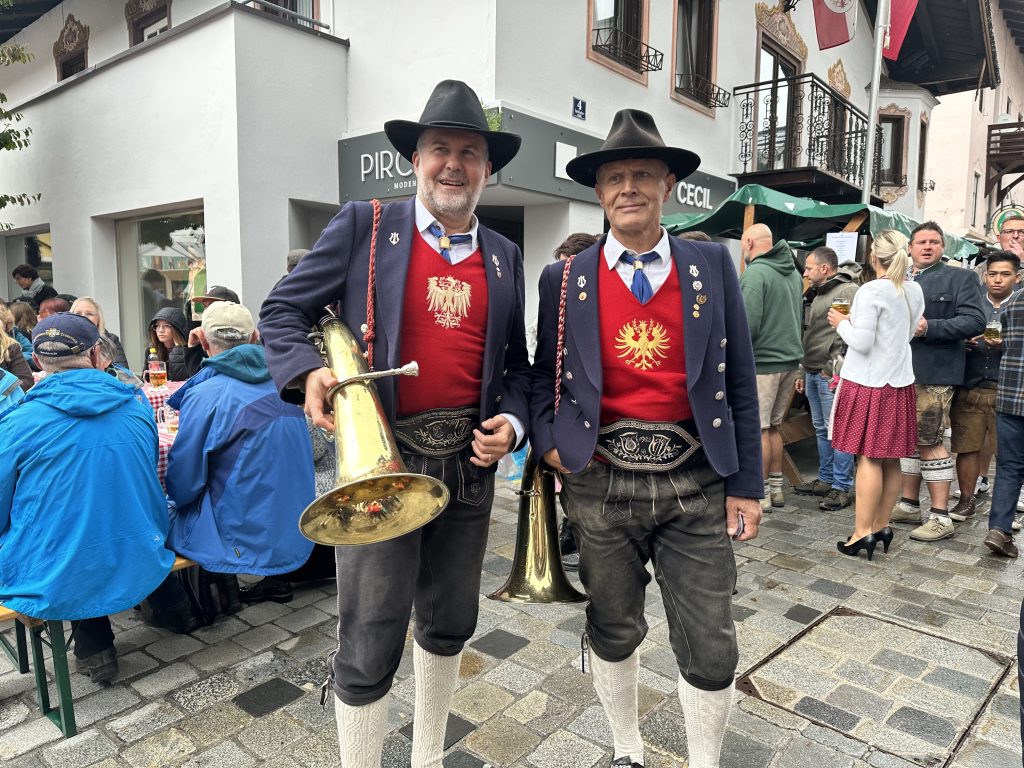
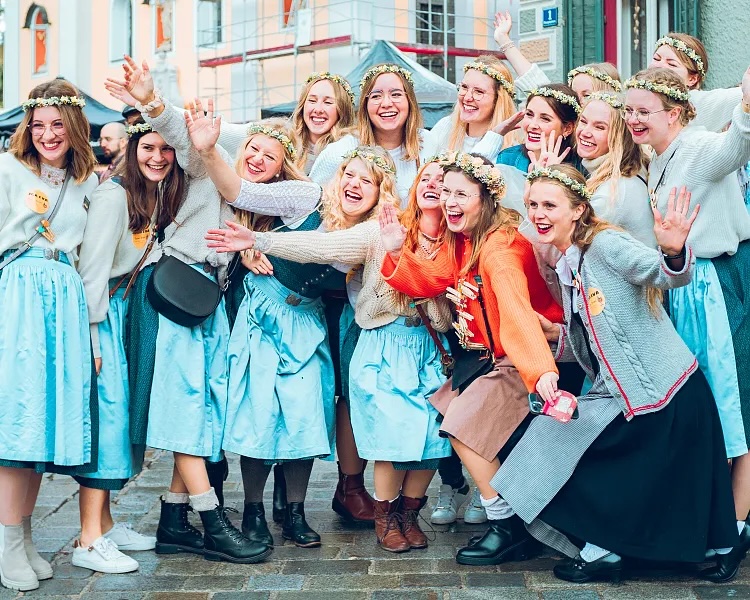
Let me take you on an exquisite journey to the enchanting Austrian town of St. Johann, cradled in the breathtaking Tyrolean Alps. In this tranquil town, home to just nine thousand inhabitants, a remarkable tradition unfolds the third Saturday in September every year, rain or shine – Knödelfest, the world’s oldest and most beloved homage to the knödel.
Back in 1981, as summer transitioned into winter, the idea of hosting Knödelfest surfaced as a way to enliven the off-season. The knödel, a seemingly modest dish, has evolved over the years into a culinary masterpiece, boasting over eighteen tantalizing varieties. As Martina Foidl, Managing Director of St. Johann Tourism, aptly puts it, “In older days, there was nothing special about knödel; it was seen as a basic dish. Now, with over eighteen varieties offered, this is knödel heaven.”
You might be curious about the essence of a knödel. A knödel is an Austrian-style dumpling, recognized by its round shape. Traditionally crafted from bread, flour, and egg, these delightful morsels come in various flavors like Bacon (Spec), Karlsplatz (pressed cheese), and Spinat (spinach).
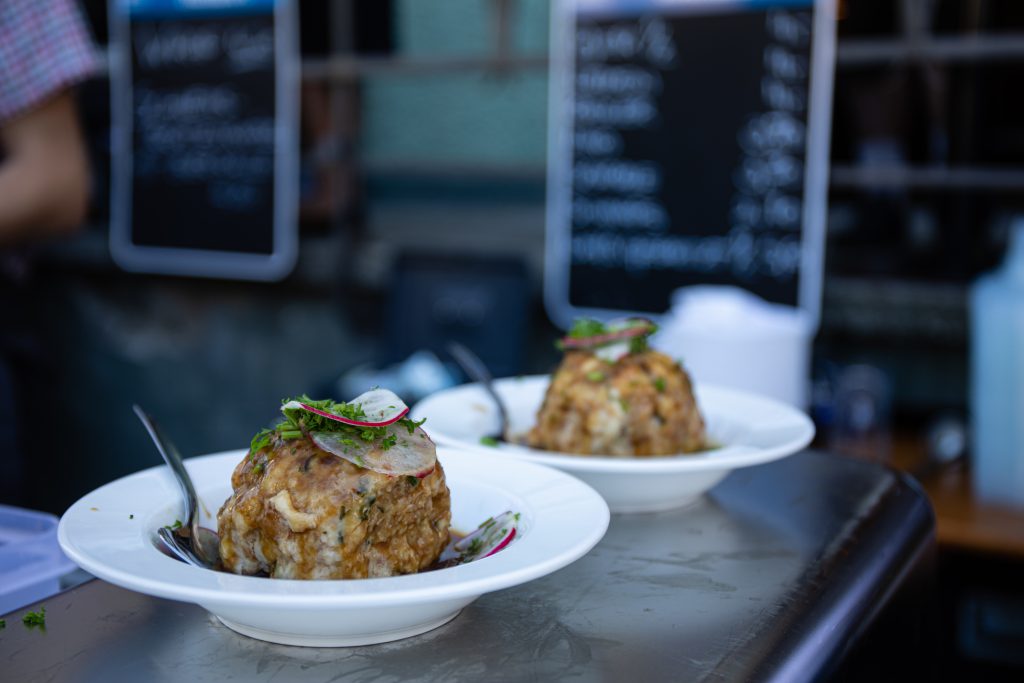
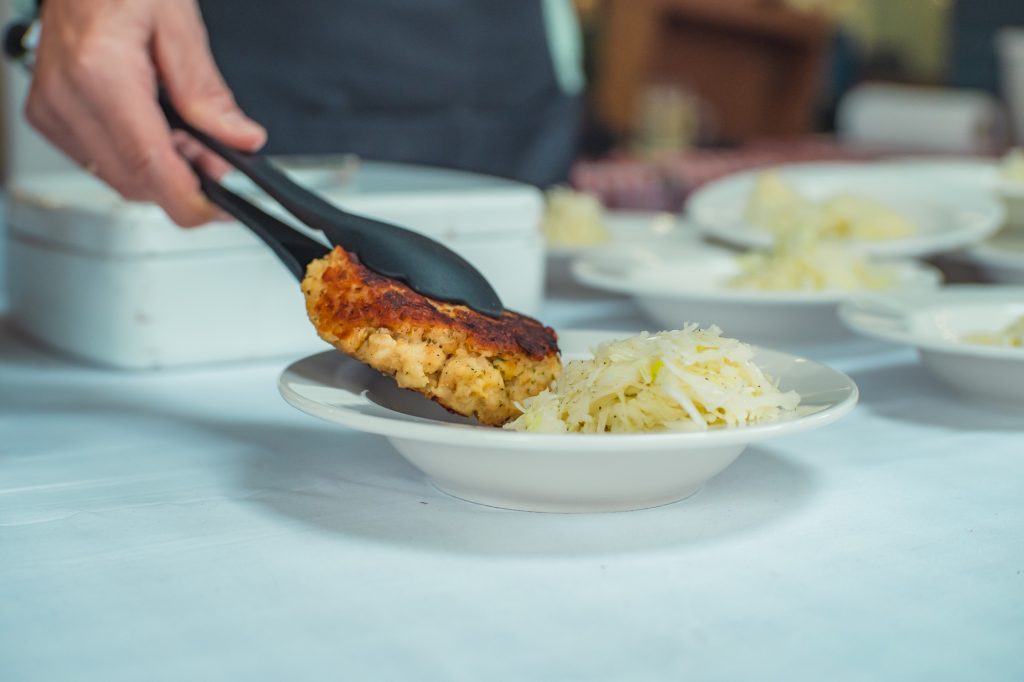
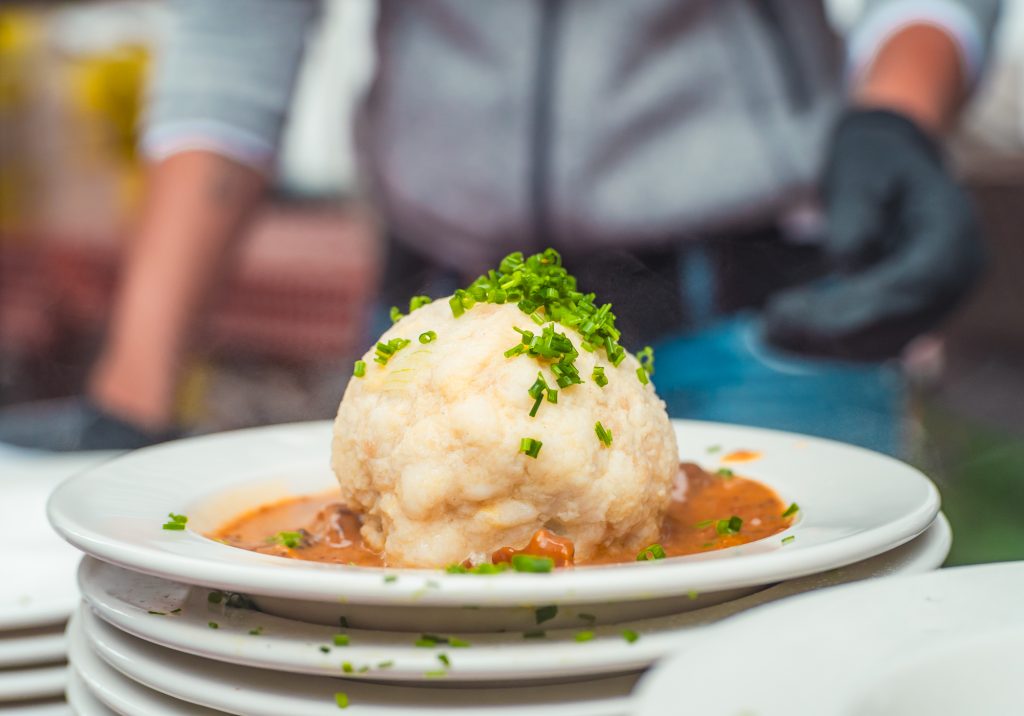
However, Knödelfest ventures far beyond tradition, with eighteen local hosts including chefs, restaurants, and hotel owners, offering an array of diverse knödel varieties. They prepare over twenty thousand knödels for this one-day extravaganza.
On the morning of the festival, the village is abuzz with excitement. As I approached the festival entrance, and step through the gate, I beheld a sight that sent my heart racing – the world’s longest dumpling table, stretching an impressive 595 meters (over 600 yards).
The festivities start with a parade of local hosts, following a band that winds down the main street alongside the long table. While the parade marks the official start of the day, festival-goers begin congregating at the long table, sipping beer, and eagerly awaiting the feast ahead. Consuming knödels was only a part of the experience.
To truly immerse myself in local culture I donned lederhosen, a traditional hat, and a bright red “I Love Knödel” t-shirts. I stood out amidst the sea of festively attired locals. As an American from Los Angeles, I raised more than a few eyebrows. While most Austrians we met outside of St. Johann were unfamiliar with Knödelfest, a few had heard whispers of it, almost like an urban legend. Yet, they found our dedication to knödels both passionate and slightly eccentric.
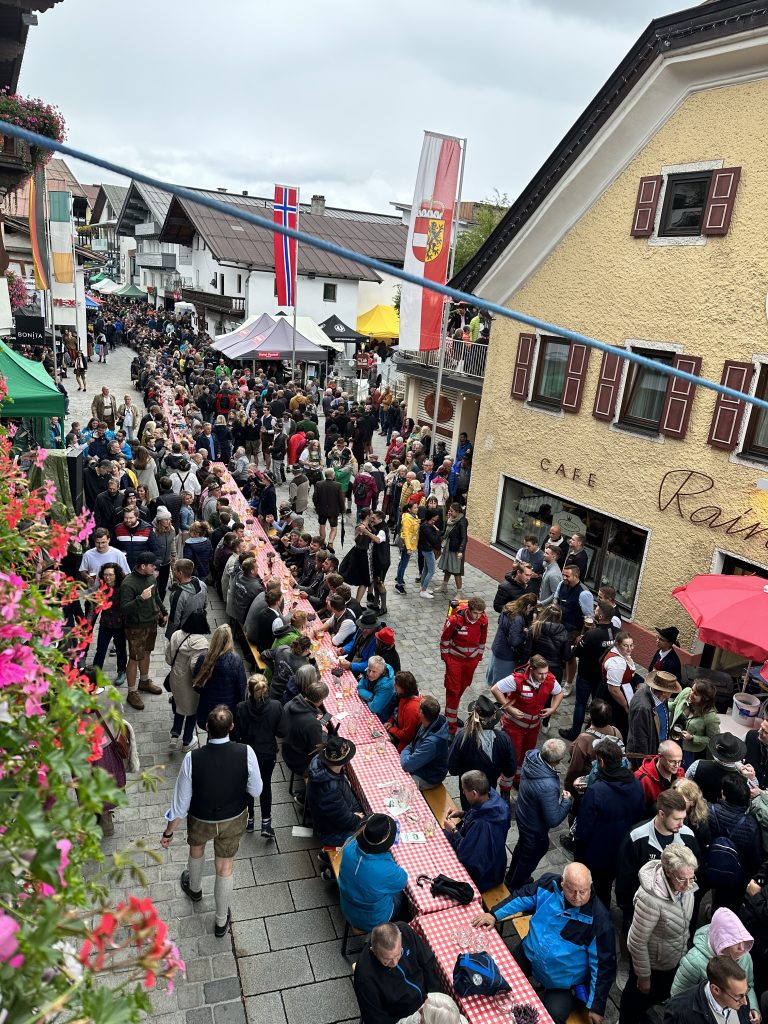
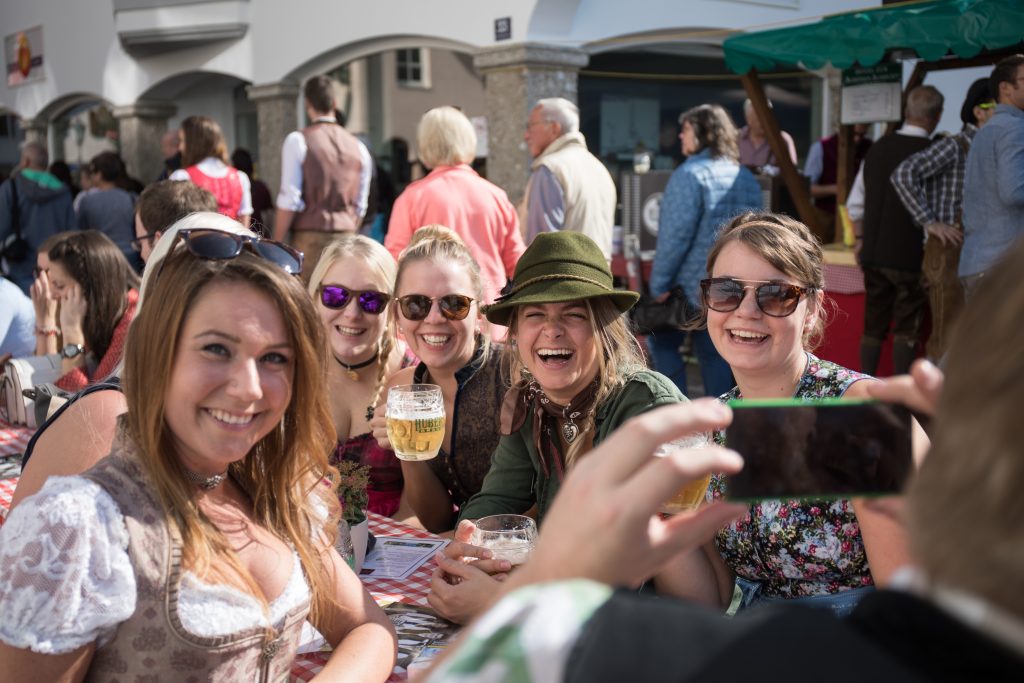
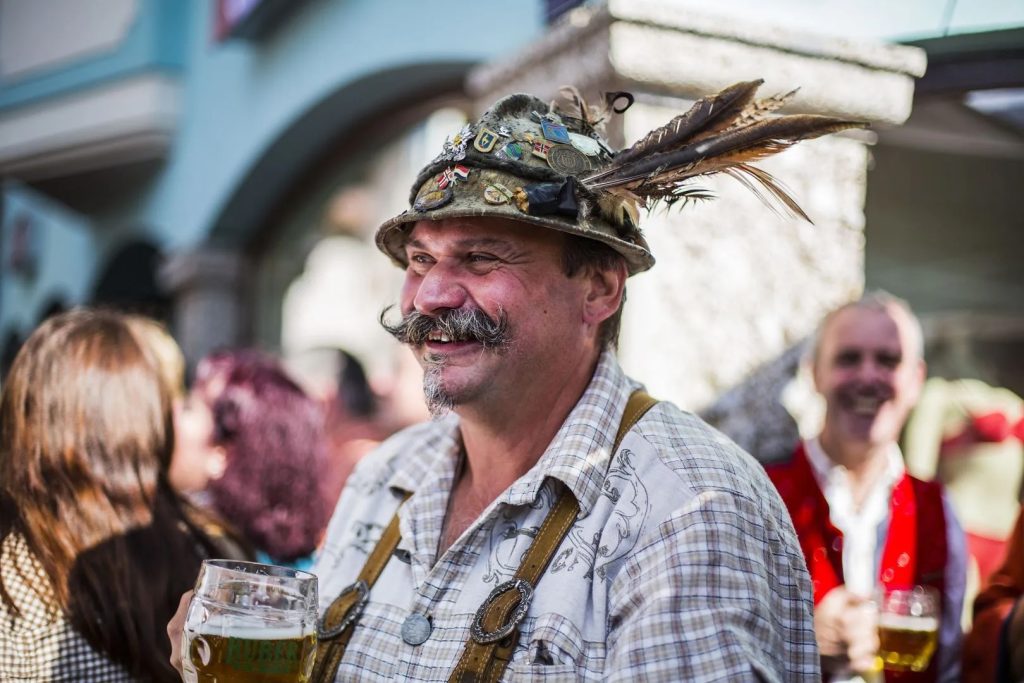
With over eighteen varieties of knödels, there was something to tantalize every palate. From traditional bread, bacon (Spec), Karlsplatz (pressed cheese), and mushroom to the sweet mixed berry, plum, pumpkin, liver, smoked beef, poppy seed, apple, Swiss cheese, Brazilian-style, chocolate, coconut, pulled beef, and apricot, the choices were dizzying. I discovered that knödels could be prepared in numerous ways – baked, boiled, fried, and even frozen, each method offering a unique culinary experience.
The festival atmosphere was unlike anything I had ever experienced. Men sported lederhosen, while women donned traditional dirndls, adding an extra layer of festivity. The exhilarating feeling of being a fish out of water, not understanding everything spoken around me, was strangely invigorating.
While my German language skills left much to be desired, I relied on two universal languages—food and music. The eight bands performing throughout the festival played familiar tunes that had everyone singing along. In a departure from typical American festivals, where bands provide a pleasant backdrop, at Knödelfest, everyone sang along with gusto. From traditional German songs to Tyrolean themes, and surprisingly, even Neil Diamond’s “Sweet Caroline” and the unexpected hit “Achy Breaky Heart,” the music united the crowd in a joyous chorus.
In total, I devoured twelve Knödels and consumed five or six beers—a departure from my usual habits. Astonishingly, I felt no ill effects; my mind was still firmly fixated on Knödels even after the festival. Over the next few days, as I explored other parts of Austria, I made sure to order Knödels at various restaurants, unable to resist their siren call.
St. Johann’s Knödelfest may be the oldest, celebrating its 41st year, but the locals prefer not to claim the title of “original,” as it acknowledges other Knödelfests. They take great pride in what they have built.
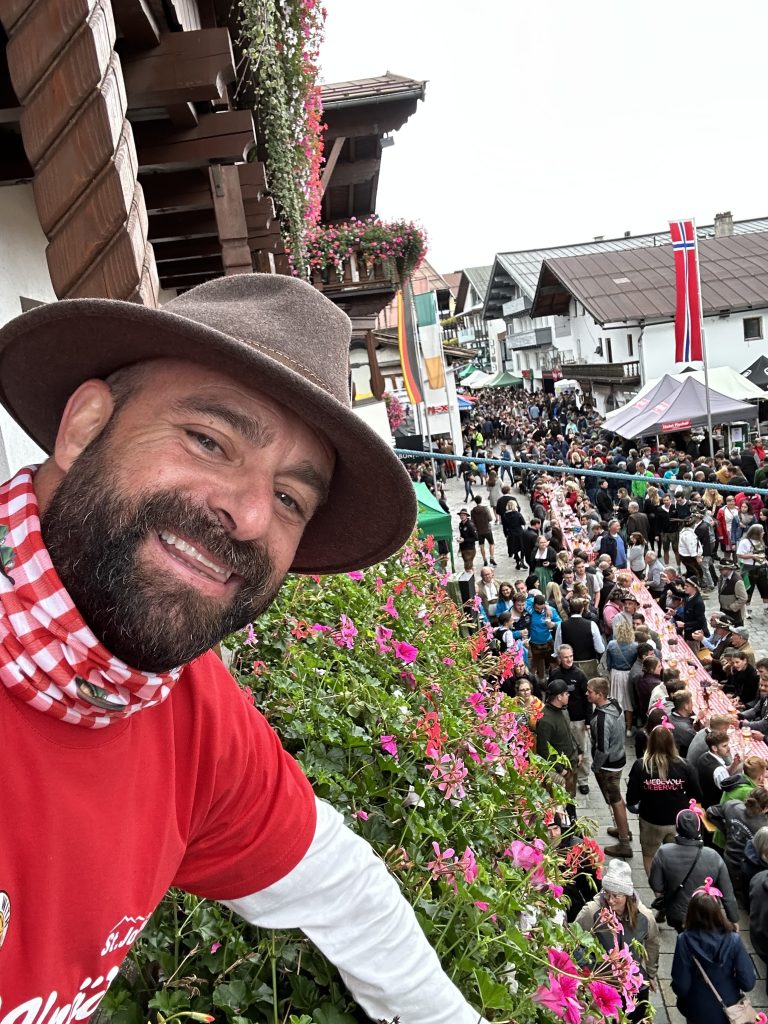
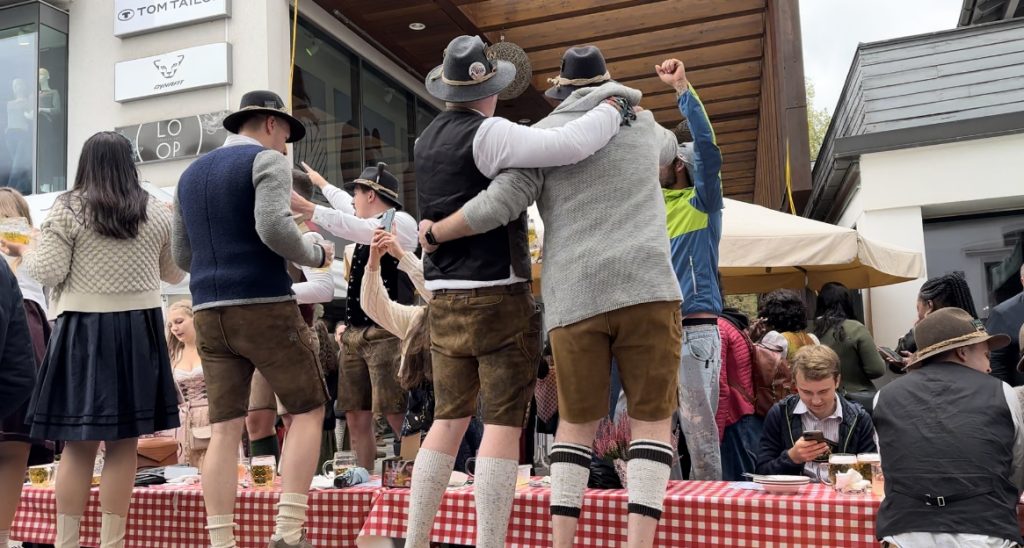
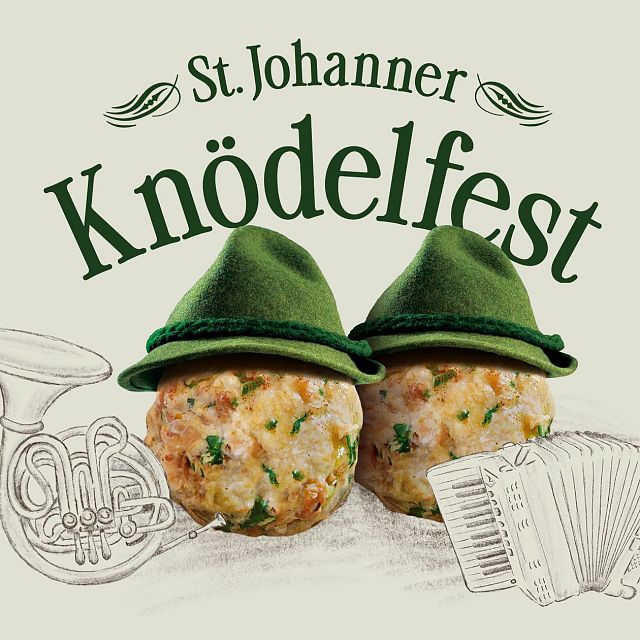
I highly recommend taking part in the festival. You may even spot me next year, proudly sporting a new pin on my hat, and wearing my well-earned title as the American Knodel King!
To plan your trip and learn more about Knödelfest, visit here.
Mike is the host of the Travel With Meaning podcast, and travel journalist in search of unique experiences, stunning natural beauty and extraordinary people to share inspiring stories. If you’re looking for help planning your next meaningful adventure you can connect with Mike at [email protected] or visit Travelwithmeaning.com
Photos courtesy of Mike Schibel and Kitzbueheler-Alpen.


